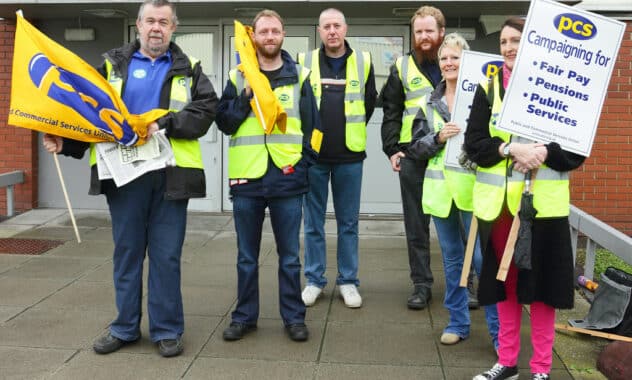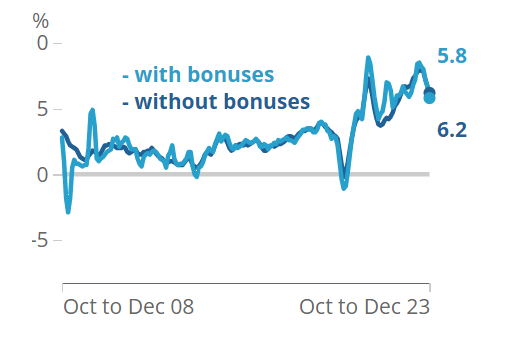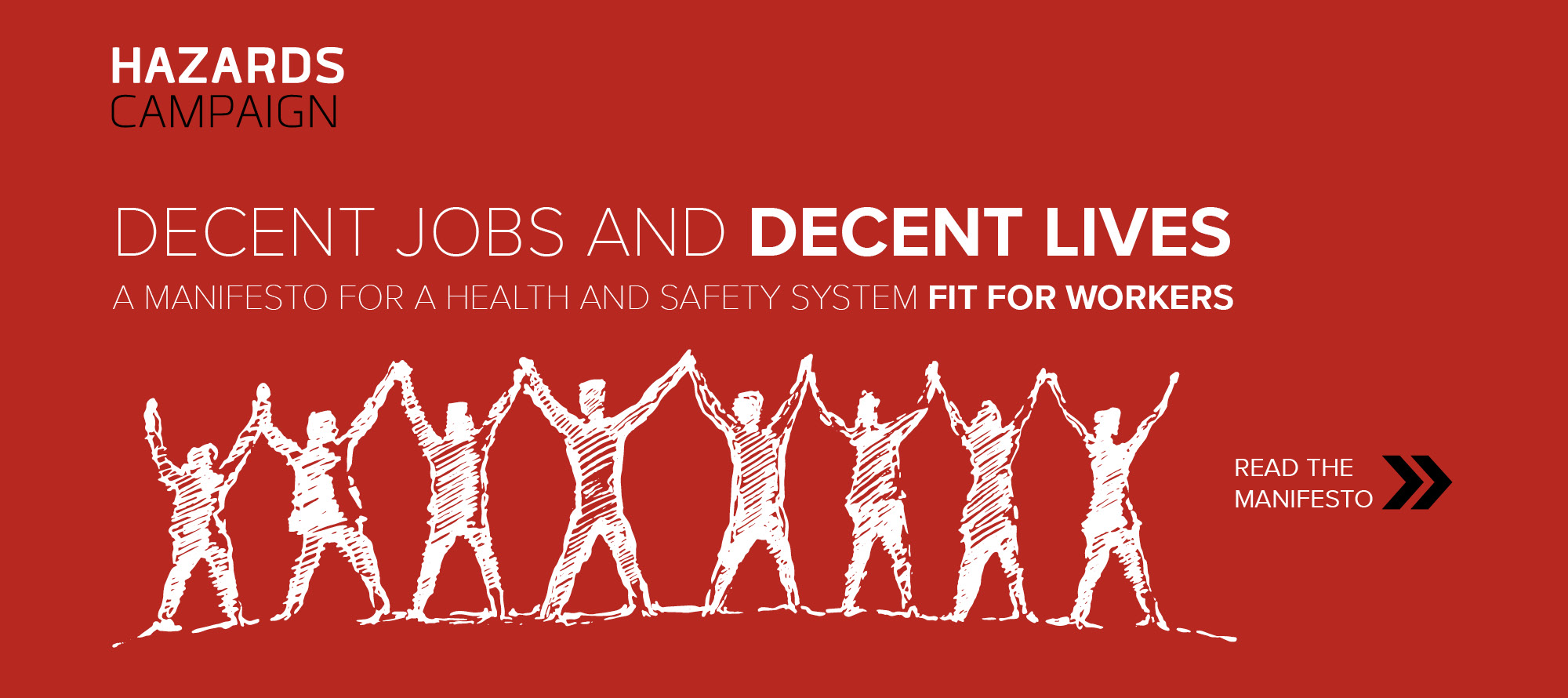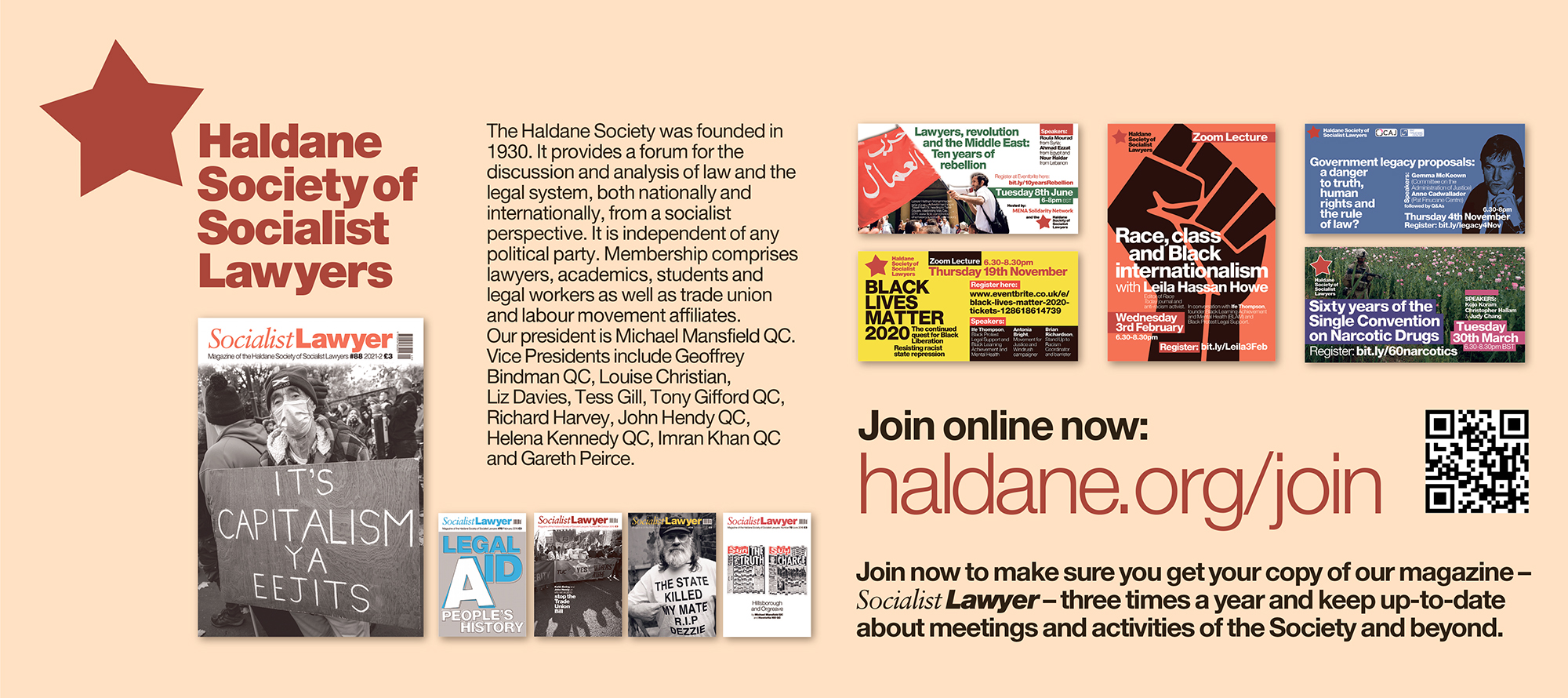Too soon to reduce social distancing, scientists say
Evidence suggests that workplaces are a breeding ground for Coronavirus, yet the government is considering relaxing health and safety rules.

As the government considers reducing social distancing measures to one metre between people, scientists are questioning the public health implications of such a move.
Professor Andrew Watterson of the Univerity of Stirling argued in a new report, backed by health and safety campaign group Hazards, that the government’s approach to the Coronavirus crisis lacks caution. When it comes to reducing the two-metre rule to one metre, he recommends waiting for evidence it is safe to do so.
“One of the underpinning principles in public health is to do no harm,” he said. “With Covid-19, adopting the precautionary principle or a cautious approach is the only way to proceed.
“This does not mean avoiding all risks but it means acting on the basis of evidence. Where there is no or limited evidence, then a prudent and precautionary approach is needed with small steps forward.”
For instance, Professor Watterson points out that new research suggests a key role for aerosol transmission of the virus, but official guidance is based on the assumption of droplet transmission.
“The World Health Organization (WHO) and the UK government argue if there is no conclusive evidence or consensus, then we can opt for a less safe standard. This is simply not good epidemic prevention practice,” Professor Watterson said.
“Had we not taken WHO’s incautious lead – and assumption that a new virus would behave like MERS and SARS – and instead set policy based on caution, the outbreak would have been more effectively tackled, particularly in workplace settings.”
The scientist also raised concerns that “the test and trace system is still not fit for purpose” and that the ability of workplaces to perform effective risk assessments and of authorities to enforce health and safety measures has been crippled by public seector funding cuts.
Professor Watterson’s report follows similar criticism from the Independent SAGE group, chaired by former Chief Scientific Adviser Sir David King.
In a recent review, it warned there is “no way of containing outbreaks without a functioning contact tracing system in place” and highlighted the fact that even the government’s own SAGE committee has recommended keeping the two-metre policy in place.
Stephen Reicher, Professor of Social Psychology at the University of St Andrews, said as part of the Independent SAGE statement: “It is too soon to reduce social distancing from 2m to 1m.
“The proposed reduction will have behavioural consequences and, in effect, dump the concept of distancing altogether. It sends a ‘back to normal’ signal when we are still in the middle of a deadly pandemic.”
Editor of Hazards Magazine, Rory O’Neill, noted that workplaces have already proven themsleves to be a breeding ground for Coronavirus outbreaks in countries that have relaxed their lockdown measures.
“We now know more about the relatively high transmission risk of Covid-19 compared to MERS and SARS and we are seeing new outbreaks centred on workplaces in countries considered to have dealt well with the initial outbreak,” he said.
“Authorities in Germany have raised concerns about the potential for a second wave, linked to meatpacking plants and logistics centres. South Korean authorities have said there is now a second wave, in part linked to outbreaks in large offices and warehouses.
“In those countries with a less laudable response to the pandemic – notably the US – workplaces including meatpacking plants have been the focus of large outbreaks, affecting tens of thousands.”







